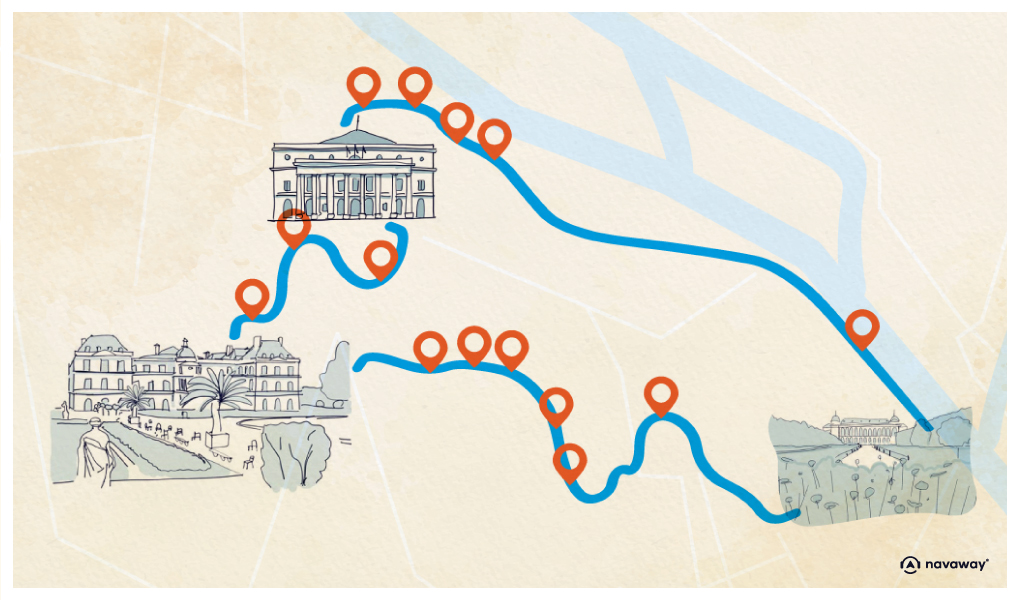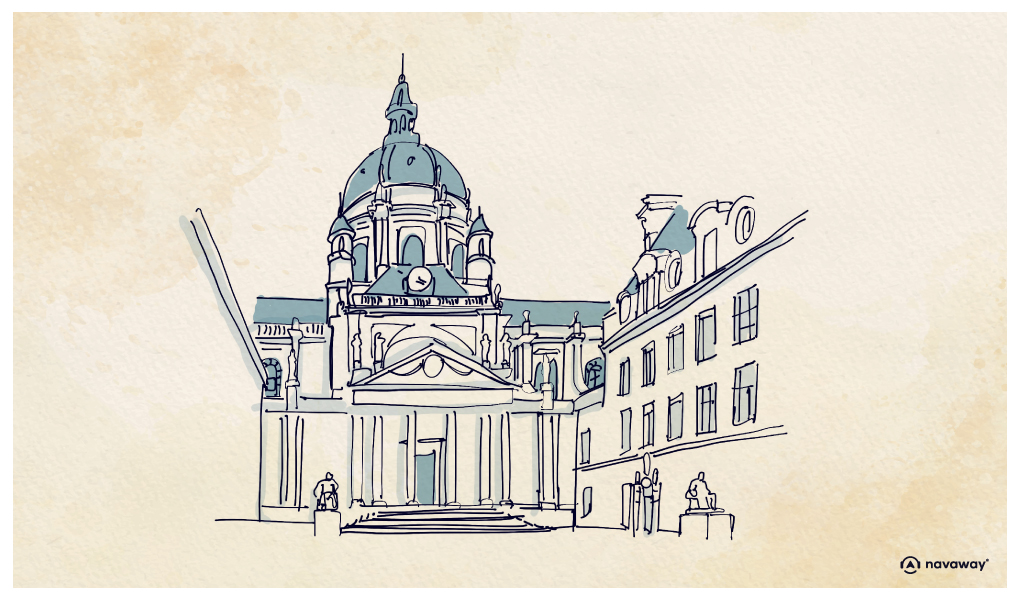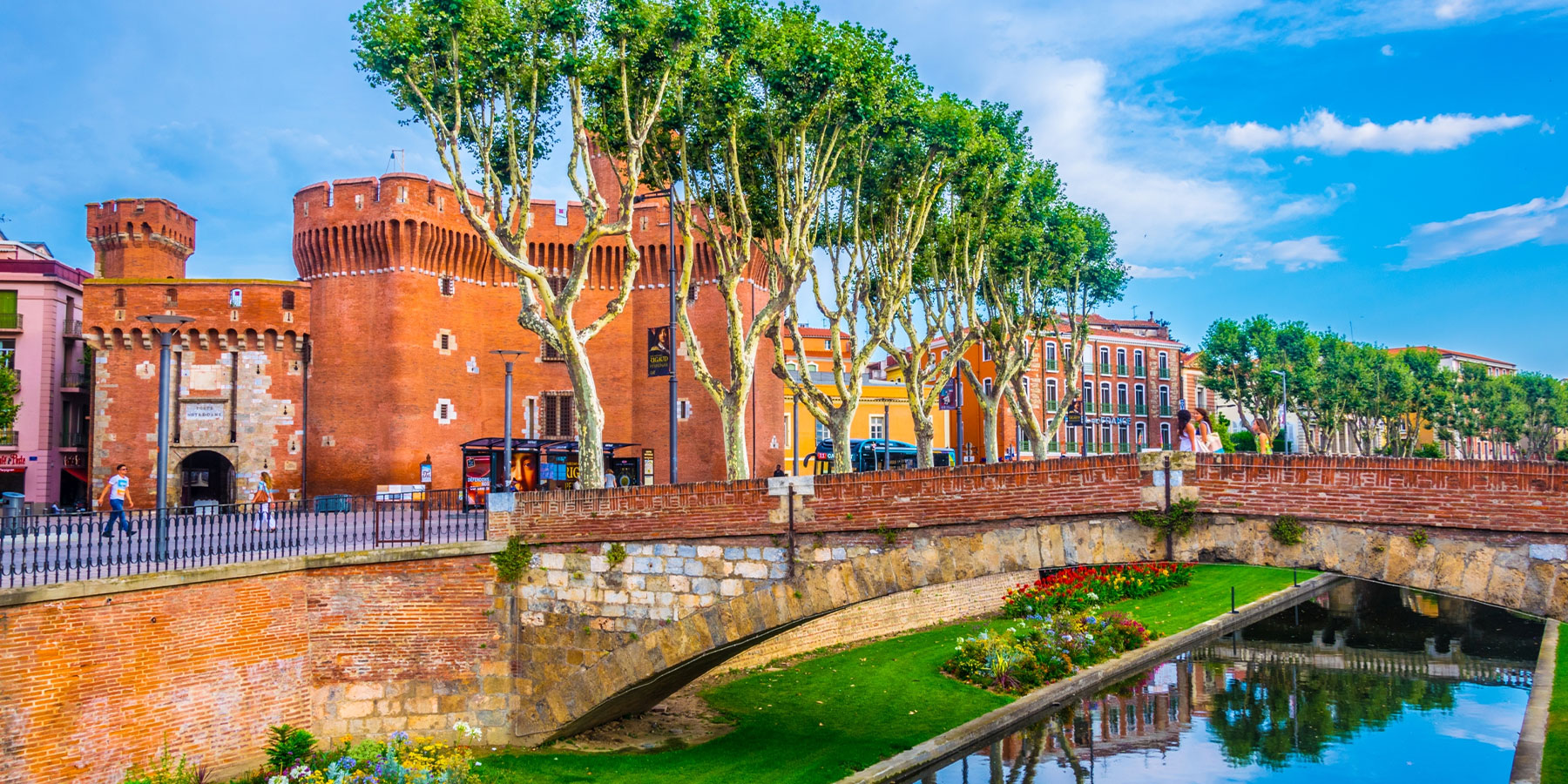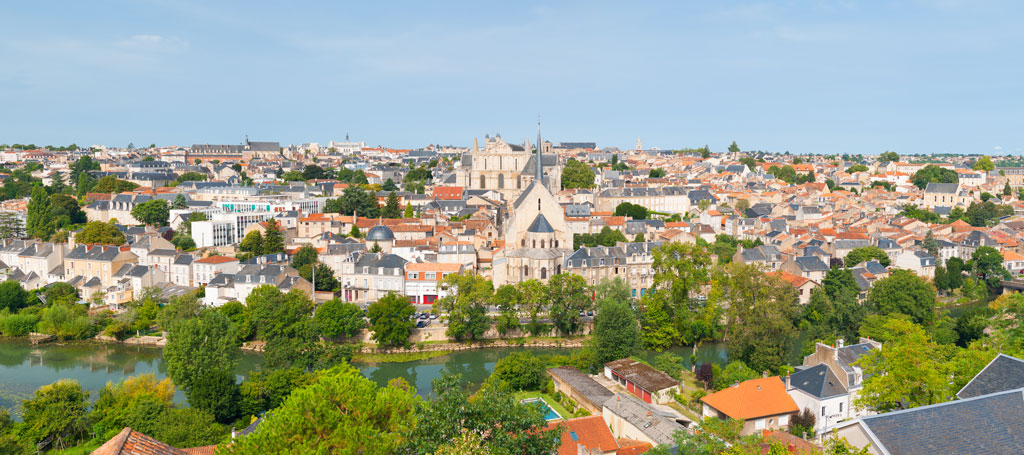
Sorbonne University

This point of interest is available as audio on the tour: Visit Paris, Sorbonne University, Pantheon and Luxembourg Gardens
We’re now standing at the corner of a massive building that takes up the whole block. This is the new Sorbonne University building, constructed by architect Henri Paul Nénot in the late 19th century. But the history of Sorbonne University goes much further back. Let’s take a quick look at the origins of this iconic institution. Legend has it that Charlemagne was the one who came up with the idea of schools. While Aristotle is often credited with the original concept, it actually was Charlemagne who, in the 8th century, ordered schools to be opened in every cathedral across his kingdom. Education in France began to flourish, but remained solely in the hands of the clergy. In Paris, the cathedral school was housed in Notre-Dame. But things changed in the 12th century. Europe was experiencing a real intellectual renaissance. Influential teachers and their students started to organize and form guilds to better protect themselves from ecclesiastical authority. They set up shop on the left bank, holding impromptu classes, often outdoors, to supplement the rigid curriculum of the cathedral school. In 1200, King Philip Augustus lent his support by granting these scholars special privileges and legal status. The Pope later officially recognized the institution, naming it “Université de Paris.” It could now manage its own affairs. Alongside the University of Bologna, it became one of Europe’s oldest medieval universities, gaining immense prestige thanks to figures like Thomas Aquinas and Abelard. It attracted students from all over Europe thanks to its exceptional reputation in the fields of theology, philosophy and the liberal arts. In the Middle Ages, up to 20,000 students took classes taught by the era’s greatest minds and had access to a library rivaling the Vatican’s. Numerous colleges were built to accommodate all these students. One such college, founded by theologian Robert de Sorbon for poor students, was to become one of the most prestigious at the Université de Paris, known for its lively debates and bold stances on religious and political issues. Such was its renown that, in time, the name Sorbonne College became synonymous with the entire university! In 1470, France’s very first printing press was set up in its cellars, making a major contribution to the spread of knowledge throughout the country. In the 16th century, Cardinal Richelieu, a former Sorbonne theology student, became its principal. He had the entire complex renovated to bring together and modernize the medieval colleges. His goal was to make the Sorbonne College a model institution and a bastion of Catholicism at a time of conflict with the Protestants. It was during the renovation that the Sainte-Ursule Chapel stood out as one of its main highlights. Let’s head over there, and I’ll fill you in on the rest of the story.

Discover other tours to visit Paris

Discover Paris with app
An interactive guide through the most beautiful streets, squares, and districts
18 fun audioguides full of historical facts, anecdotes, and legends






Comments